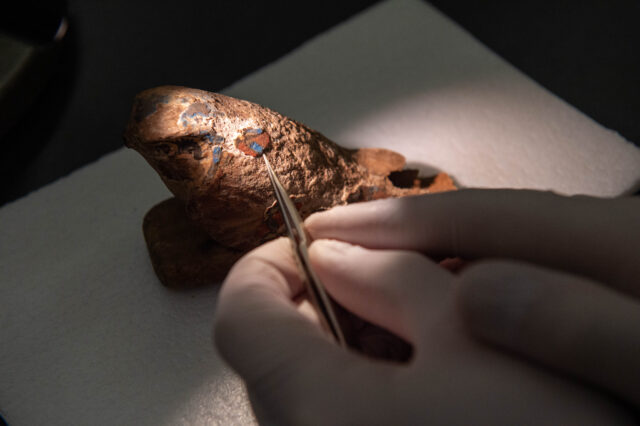A fairly Merry (Hill) day
Jul. 2nd, 2025 11:34 pm
152/365: Victoria Road Cemetery, Cradley Heath
Click for a larger, sharper image
I nipped up to Merry Hill this morning, and although it was a slow start weather-wise, things improved quite a bit later on. Today's photo is of Victoria Road Cemetery in Cradley Heath, not directly attached to a church but an overflow space for Christ Church in nearby Quarry Bank. Despite initial appearances, the location pictured here is in a very urban area -- you can just see the houses in Victoria Road itself beyond the trees to the right. The cemetery had newly mown grass, but it otherwise seems a little on the neglected side, with a lot of plants growing over graves as seen here. On the plus side, its relatively untouched nature makes it a little oasis for wildlife, although I didn't see anything interesting during my brief visit.
As for the Merry Hill part of the day earlier on, the main downside was that I managed to drip brown sauce (from a bacon butty) onto my white polo shirt. Go me. Fortunately Merry Hill is a biggish shopping centre, so an emergency Primark run sorted out the immediate issue. (Basic cotton T-shirt, quite a pleasant teal colour, £2.50.) Whether the brown sauce will come out of the polo shirt is a good question, but I have reasonable hopes. It fortunately wasn't an expensive shirt in the first place -- though not quite as cheap as the T-shirt I bought today! -- so I'm not going to expend vast amounts of effort on it. I can always keep it for doing gardening in or something if the stain doesn't disappear.

 Close-up image of an ancient wooden Egyptian falcon. Researchers have found a way to reproduce the blue pigment visible on the artifact.
Credit:
Matt Unger, Carnegie Museum of Natural History
Close-up image of an ancient wooden Egyptian falcon. Researchers have found a way to reproduce the blue pigment visible on the artifact.
Credit:
Matt Unger, Carnegie Museum of Natural History




